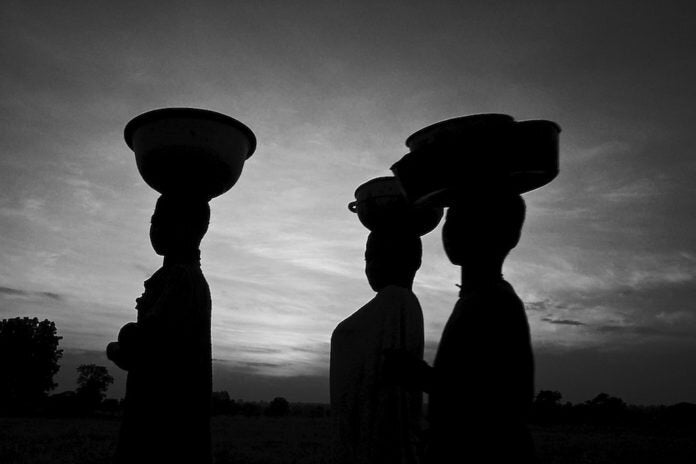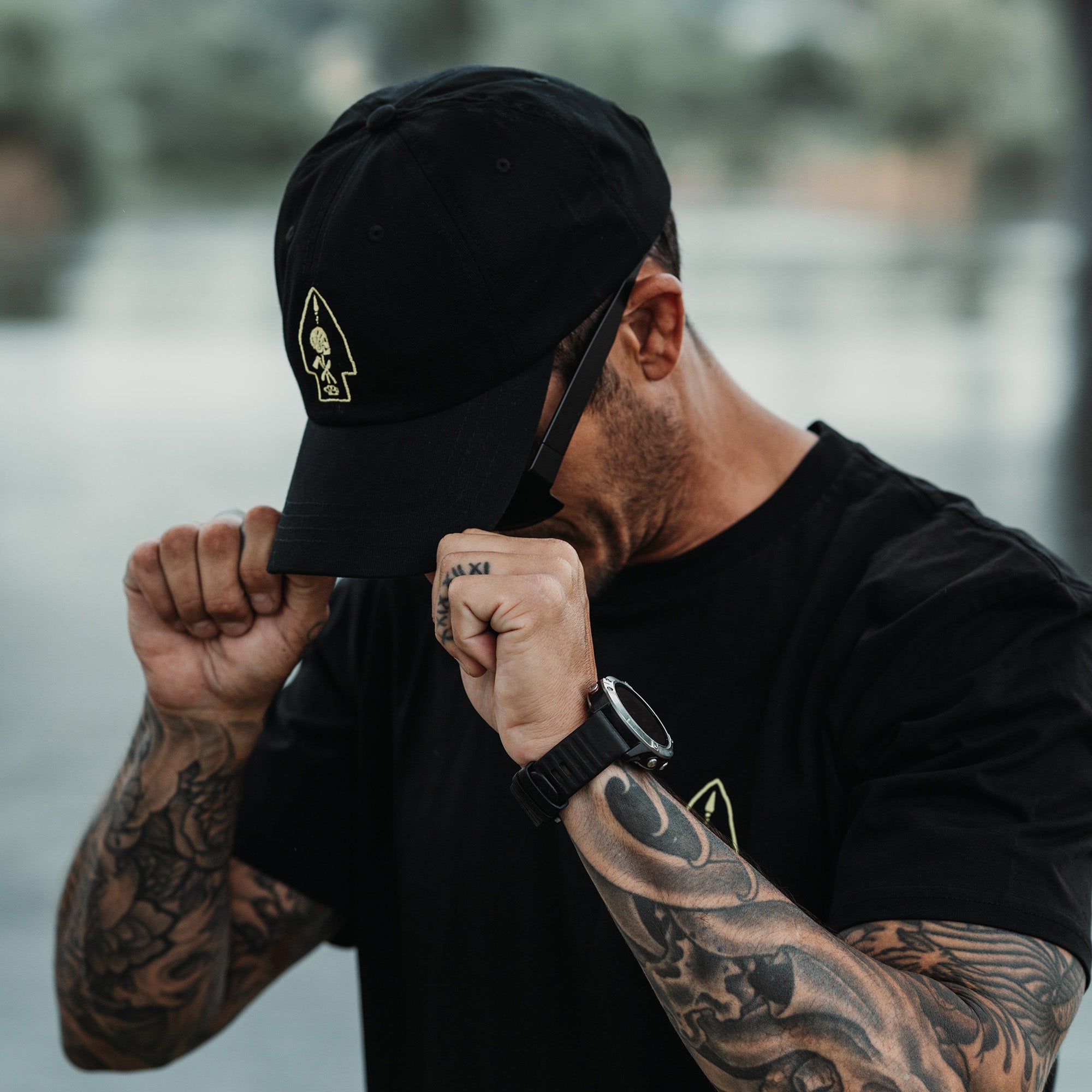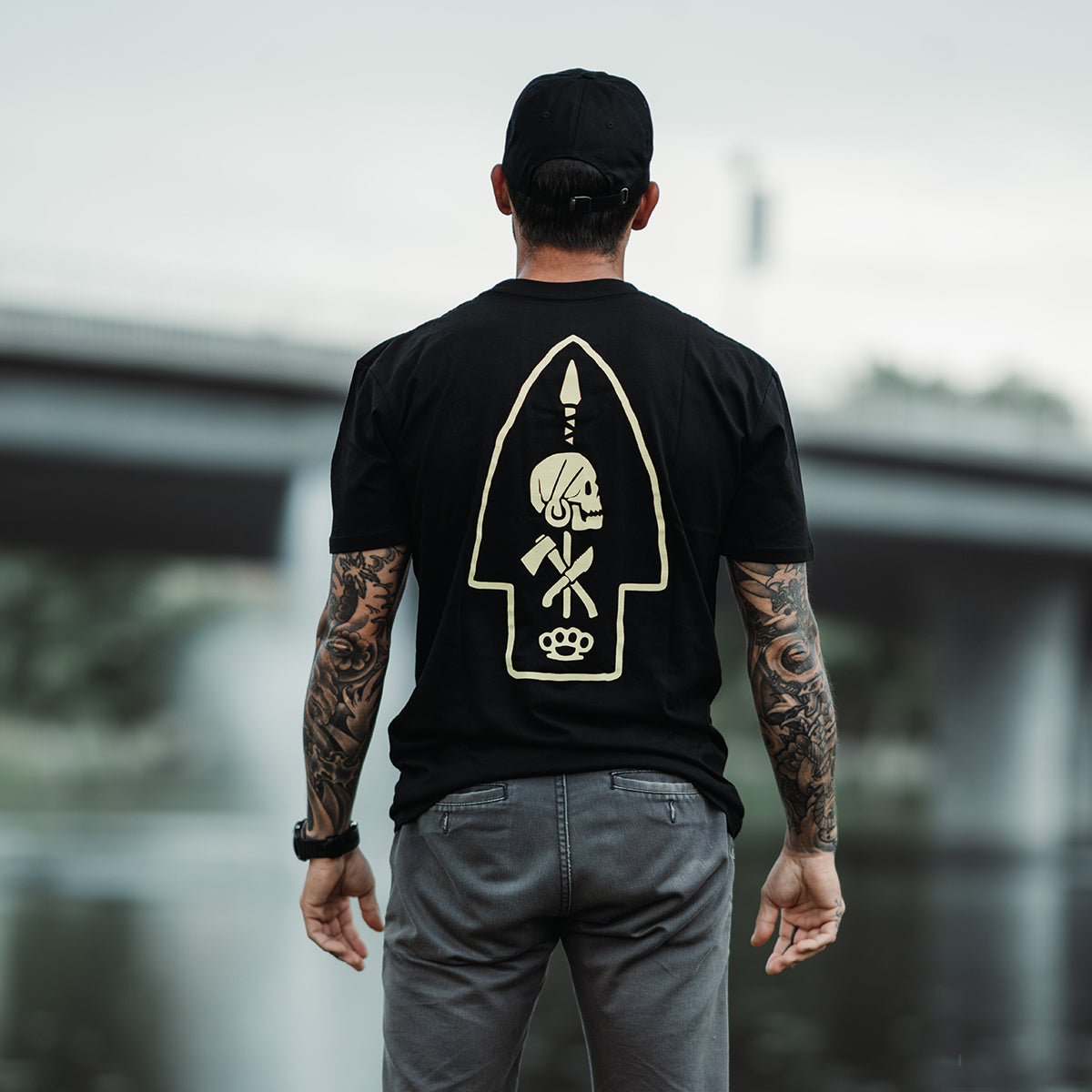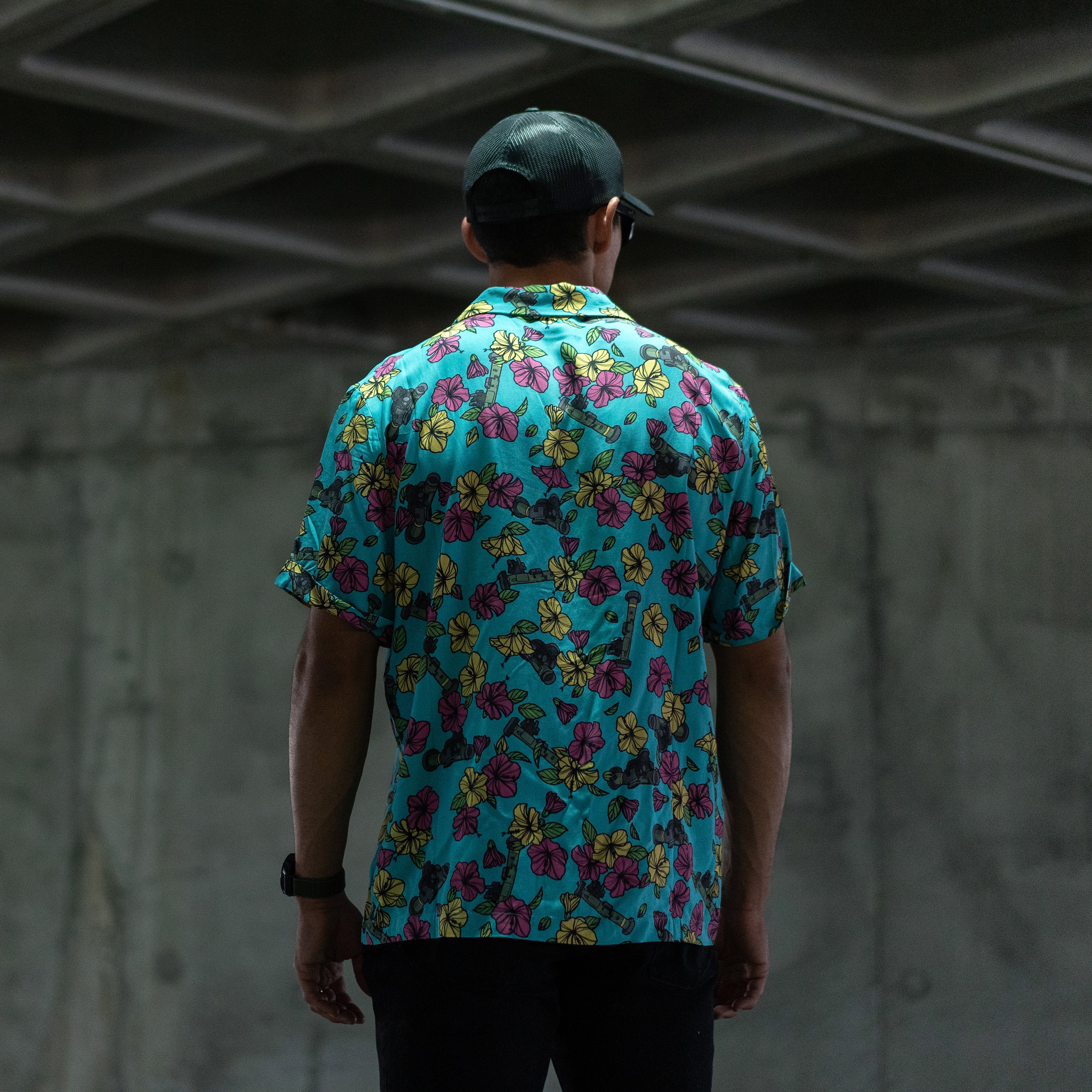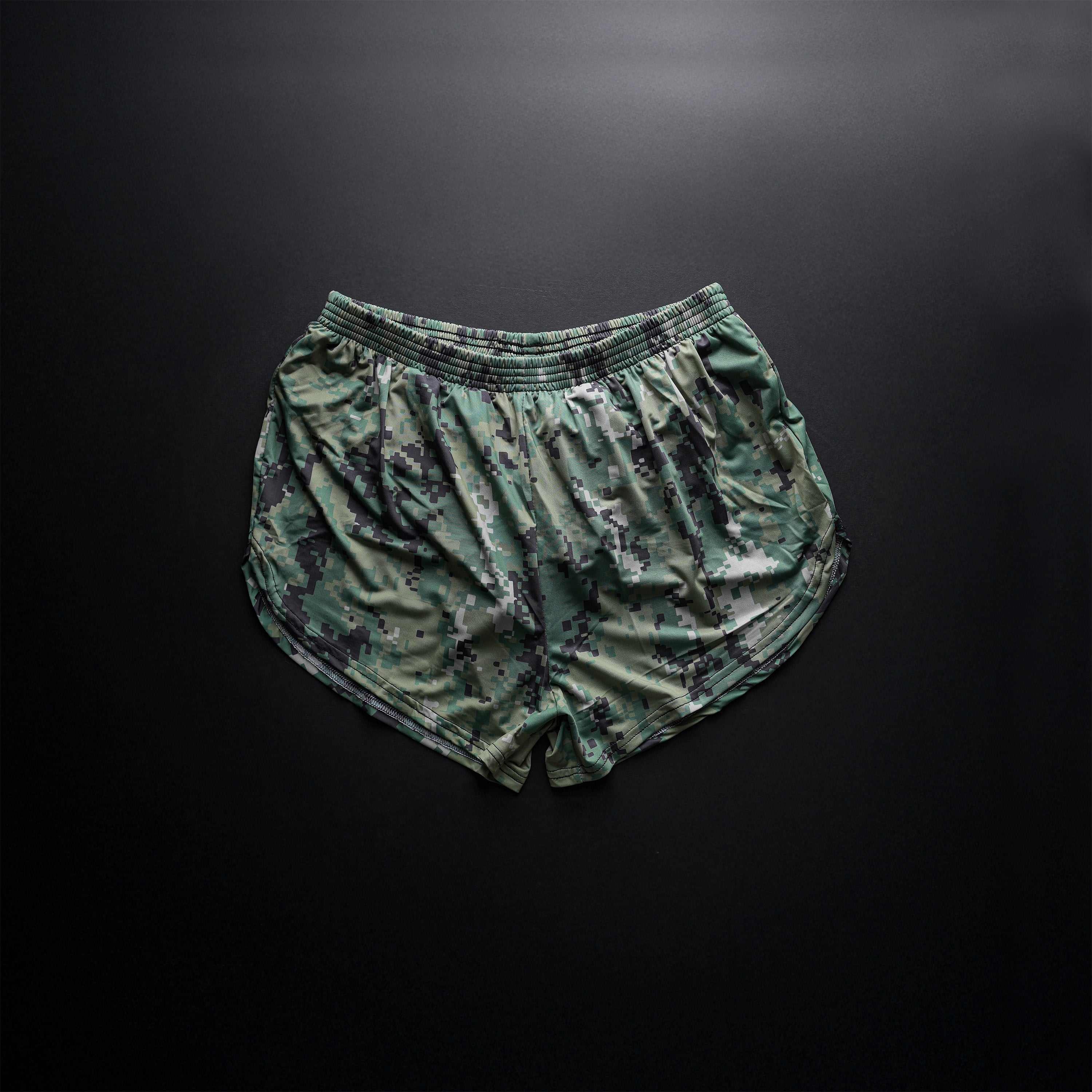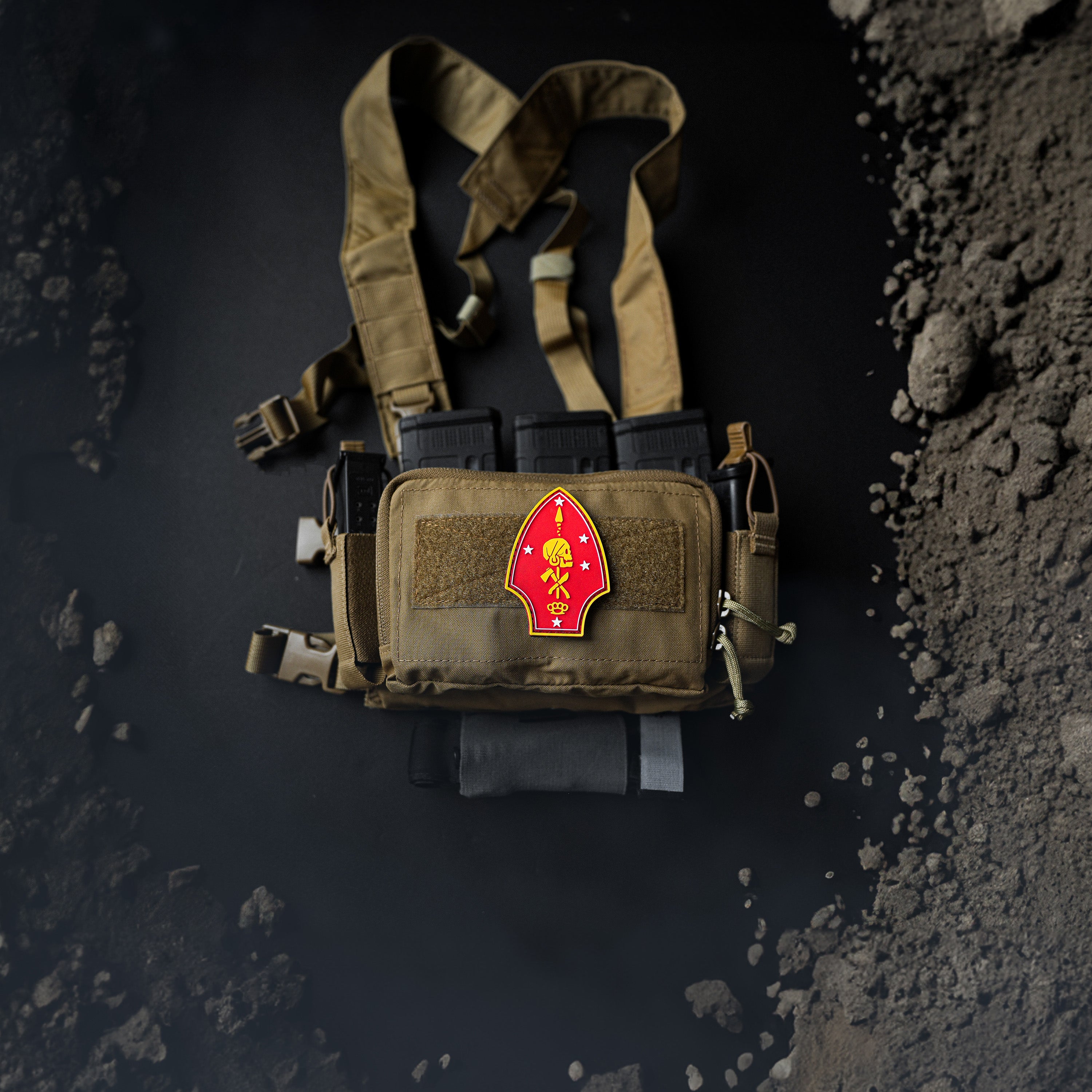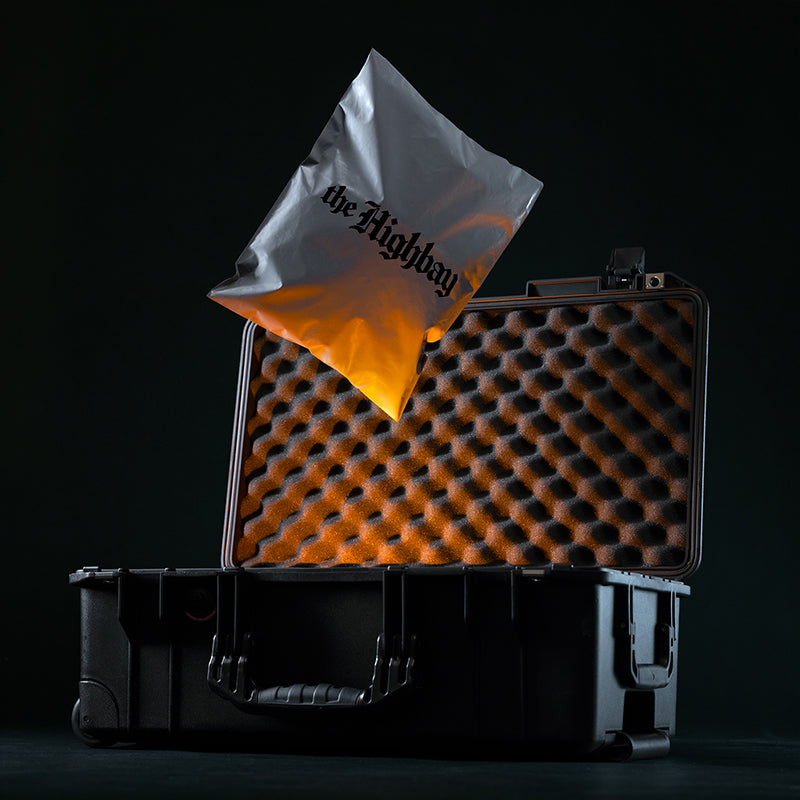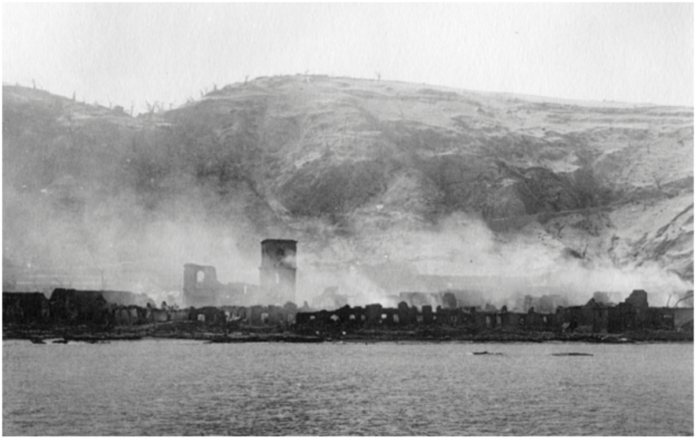
The Battlefield of the Glowing Cloud







Mont Pelee is a beautiful volcanic mountain situated on the coast of Martinique, a French Island in the heart of the Caribbean. It offers a moderate to difficult climb for those who wish to top the summit.And from its caldera, the views encompass rolling green hills of sugar cane, historic rum distilleries, the blue expanse of the Caribbean, and the small colonial city of Saint Pierre.Or at least what’s left of it.One would never sense from this idyllic vantage point atop Mont Pelee that you are at ground zero of the most violent and destructive event to occur in the Western Hemisphere over the last century. On May 8th, 1902, in less than a minute, this unassuming volcanic mountain wiped out the thriving city of Saint Pierre, known at the time as the “Paris of the Caribbean.” In what the French call a “Nuee Ardente,” a glowing cloud of fire, lightning, gas, ash, and lava washed down the mountain at hurricane-force speeds, killing over 30,000 people in a matter of seconds.Most credible accounts suggest only one person survived the wrath of “Le 1902”, as the eruption is known today. The hot, fiery gas cloud crept into every home and building, through windows and doors, and penetrated even the interior rooms of houses that people mistakenly thought would provide refuge from the heated storm.While there are stories of possibly two others who survived, the authenticity of their accounts remain questionable. But the one undisputed claim of weathering the glowing cloud belongs to a man named Syparis. Better known as “the man who survived Doomsday,” he was a prisoner tucked into a dark dank cell in the basement of the city’s well-constructed stone jail – a jail cell that remains among the ruins today, that is easily accessible, and a must hit target on your exploration of Saint Pierre. Syparis was found days after the cataclysm. Searchers heard his raspy cries for help from what remained of the jail. His cries, coming from his burned throat and vocal chords, were the sole sound emanating from the deathly quiet of a city covered in ash. While he gained international infamy and went on to tour with the Barnum and Bailey’s Circus, he lived out his days covered head to toe in horrendous burns caused by the hot, fiery gas clouds that seeped through the cracks of his jail cell door, slowly cooking his skin, hair, and lungs.Getting to Saint Pierre is easy. Flights to Fort du France, the capital of Martinique are daily, and in some cases direct. (I flew from Baltimore to Martinique for a couple hundred bucks on Norwegian Air) Fort du France is the main city where most tourists stay, and the drive to Saint Pierre is scenic. It takes you past many great beaches, and is relatively easy. You need a passport to get to Martinique, because technically it is part of France. So when you set foot on the soil there, make sure you don’t have any pending legal issues stemming from any “misunderstandings” while serving alongside French ISAF forces in Afghanistan. You know, like that time you snuck into their section on Camp Phoenix, and stole a few cases of beer…You don’t need to speak French to enjoy Martinique, as most people there speak enough English to make everything “tres bonne.” But as any Operator worth his salt knows, it’s always good to know some of the local parlance, and to be able to build rapport with the local indigenous population by being able to say a few clutch swearwords or phrases to your bartender, waitress, or random dude on the street who says “Bonjour” to you.If traveling to a foreign country where you don’t speak the language seems daunting, and you miss the days of having your own personal Tajiman handy, then let me introduce you to the gem of Martinique, a Finnish woman named Meri, who not only is cool AF and speaks fluent French, (she is married to a French dude) but also runs her own DIY day tour business, where you tell her what you want to do, and where you want to go, and she puts together an itinerary, handles all the logistics, and comes and picks you up in her “Caribbean hoopty” and takes you on the adventure of a lifetime.Meri lined me up with a killer day exploring the ruins of Saint Pierre and its small museum loaded with disturbing artifacts of the cataclysm. She also plugged in stops to a hidden black sand beach and legit locals-only foodie spots that were excellent.But if you are a DIY kind of traveler, and you want to do your own recon and patrols of the island without adult supervision, then Martinique is pretty easy to navigate. It’s a small island, and with a little advance reading, you can be ready to see the beaches, rainforests, and historical sites with little hassle.It’s important to note that most people ignore Saint Pierre because it never really recovered from Le 1902. You will find the ruins quiet, solitaire, and haunting. People did eventually repopulate parts of the coastal city, but walking through the older sections feel like a ghost tour, where only the stray dog and passed-out town drunk are within shouting distance as you wander through the ruins. I figured the place would be crawling with tourists, wishing to put hands on such a unique and calamitous historical moment. Apparently this is not the case, and it is further proof that I am just a sick fuck who gets off on seeing these monuments to human drama and misery. I asked Meri how many times she had brought like-minded people to Saint Pierre to explore the ruins. She said, in her cool hybrid Finnish-French accent, “Ben, you are the first.”While there are a couple areas of ruins that are must-see, the most powerful spot is the main cemetery. Tombs and marble headstones are easily recognizable as pre-and post-1902. Those that predate the cataclysm are charred by the rolling fire cloud, coupled with wrought iron fences bent by the explosive forces that tore down the mountainside. In contrast, those that mark the burials after the eruption still retain most of their marble’s white coloration. Because the degree of death was so monumental, these post-1902 crypts are often filled with the remains of whole families, buried in the same fashion that they died: together.Tucked away at the back of the cemetery is the mass tomb of the unknown and unclaimed victims. Approaching the large mausoleum makes your skin crawl, as what awaits your eyes is a scene out of your favorite zombie or vampire horror movie. Time has cracked open the concrete slab floor of the mass grave, and the ceremonial cross is slowly falling into a dark abyss. The smell of decay rises from the hot, humid earth, and in the darkness of the crypt hole one can see white bony splinters, like doomed fingers reaching up to the sky, hopelessly trying to escape the misery of their fate.Like many of you reading this, we as warriors are drawn by morbid forces to the battlefields of history. To learn from the sacrifices made by men and women in places like Gettysburg and Antietam, Stalingrad and the Somme. We want to stand on that ground, and envision that moment when the bullets zipped by, or the artillery shells hummed overhead. We want to imagine the maelstrom that gouged holes into the land. Was the death that awaited our brothers and sisters met with fear? Bravery? Indifference?If you think of Saint Pierre as a battlefield like all the others, where an army of man was laid to waste by the blitzkrieg of Mother Nature, then you can understand why I traveled there. And when you stand among the charred ruins, you can feel that same energy you’ve felt visiting more popular battlefields. The silence of the ruins of Saint Pierre today, juxtaposed with the roar of the Nuee Ardente of May 8th 1902, is stark. In these ruins, you will feel solidarity with those who were frozen in terror, as well as those brave souls who raised a defiant middle finger toward the volcano in their last moment of life.Whether death comes by sword, bullet, or a fiery glowing cloud, the energy is always the same in these places, and as combatants we can find powerful moments of reflection.It is important to highlight, that unlike so many popular historical destinations, Saint Pierre remains unreformed, uncensored, and unrestricted. Whole sections of the colonial city remain untouched since Le 1902. Nothing is polished. Just a raw experience and testimony to the fragility of life remains. There is no attempt to make it kid friendly, and no Mickey Mouse tourist bullshit offered to soften the blow of the horror that occurred here. It is a hands-on experience, with no ropes or barriers or signs saying, “do not touch.” It’s all about climbing over tumbled walls, touching rusty charred metal, and standing inside the jail cell of poor Syparis, wondering what it was like to see a fiery cloud creep towards you as you remain trapped inside the dank basement.So for me, my trip to Martinique was all about Saint Pierre. But I understand it may be hard to motivate your non-combat veteran wife and kids to embark on this tragic path. So if you need to upsell your journey to the Household-6, then fear not. Martinique offers all the finer parts of a Caribbean vacation, finished off with a tumbler of aged Rhum Agricole. Martinique hosts great Caribbean food, white and black sand beaches, five-star options for those fat with cash, and fascinating history. And if staying fit is part of your daily routine, the challenging hike up to the caldera of the Mont Pelee volcano is a great work out. In the end, if a trip to Martinique exceeds your budget or available vacation time, consider as a substitute this book , and learn about this little known, fascinating historic event. From the geological aspects of the eruption, to the politics that predated and impacted the decisions of residents not to evacuate, to the rescue efforts and logistics of disaster management, the book is worth the read.Bottom line:When to Go - It’s hot and humid all year long, albeit relatively dryer and cooler in JAN and FEB, but not enough to make much of a difference. But compared to the heat of Baghdad or Kandahar, this is an easy lift.Pre-Op Planning - A wide range of hotels and other options are abound. You can go five-star or no stars. Just google it, or better yet, get some advice from Meri. She won’t steer you wrong. Meri is a knowledgeable and a legit boots on the ground source for any intel you seek. But again, we’re talking about France, essentially. It’s not like you’re flying to Tora Bora circa 2001. Check out her webpage here. Lonely planet and similar sources also have great books and web info sources to build your travel plans.Insert/Extract - Martinique Aime Cesaire International (FDF) is the closest airport to Saint Pierre. If you live on the east coast there’s no time change to disrupt your internal clock so jet lag will be nonexistent.Infil/Exfil - Public transportation will give you the opportunity to go indigenous, but time is limited. So get a rental, or link up with Meri and her hoopty to get you around the island for a day.Chow - I drank the tap water without getting the shits, but do so at your own risk. Local chow costs around $5 and is a great fusion of French and Caribbean. If you are a nervous nelly, bottled water and pre-packaged foods are readily available in grocery and corner stores across the island. Remember people, you are in France. It’s not like Paktika Province, so you can err on the side of FUCK YEAH IM HUNGRY without bringing home any Aliens in your guts.War Trophy - taking any war trophies back from Saint Pierre is just bad juju. But I do wear a Saint Pierre lava necklace I scored at a small shop downtown.Gear Check - Bring your speedo and goggles as well as sunscreen, DEET and trail shoes. The water is just as majestic as the mountains.Recommendations - Peak out on Mont Pelee at dawn to witness the sunrise.
Written By Ben Tupper
8/14/18


